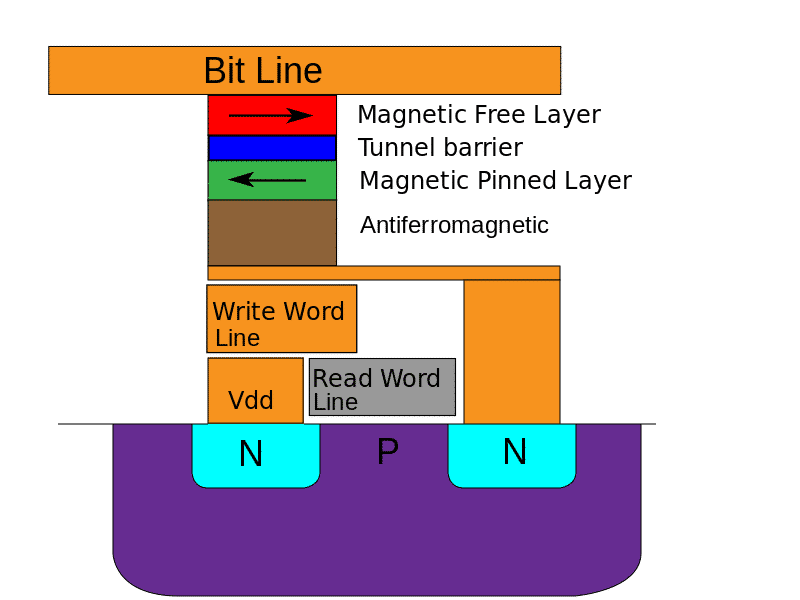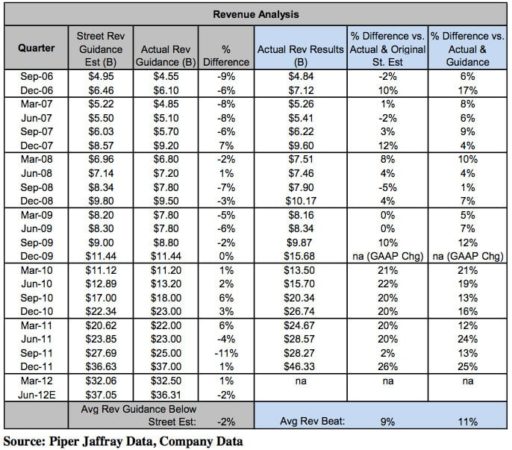In recent years, we have seen a number of researches working on devising better storage technologies. Few have, however, focused on the future of RAM, the temporary storage that lets us access and execute files and programs quickly. An alliance of US and Japanese companies is now working on next-generation MRAM which seems promising.
Currently, DRAM is most commonly used in computing machines and mobile devices. DRAM is short for Dynamic RAM and is a significant improvement over the RAM tech in use before it. However, compared to the rapid advancement in storage technologies, DRAM is quite obsolete.
For a start, DRAM relies on the use of electrical charges in capacitors when storing data. These capacitors leak electrical charge over time and need to be refreshed rapidly each second to sustain the charge. Overall, this consumes a lot of power. MRAM, which is short for Magentoresistive RAM, is a next-generation technology which relies on magnetic storage components.
These magnetic components are smaller than capacitors, do not leak electrical charge and can offer more capacity in a similar-sized RAM. These aspects make them a promising and logical next step for RAM.
For now, MRAM is still in works and to test out the practical viability of this tech, a number of US and Japanese companies plan to work with Tohoku University in Japan. These companies will send researchers to the said university who will then collaborate on the development of MRAM and see how it stands up to practical use. Nonetheless, it will be a few years before we can expect the technology to become a part of commercial electronics industry.
Courtesy: Android Community
[ttjad keyword=”all-in-one-desktops”]




